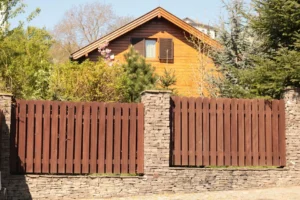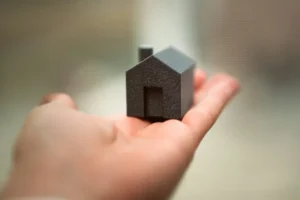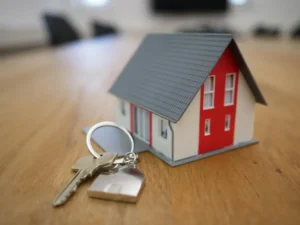Disclaimer: This guide is for informational purposes only and does not constitute professional financial, legal, or real estate advice. Always consult qualified professionals for specific guidance regarding your home, safety, or finances.
Moving into your dream home is one of life’s most exciting milestones. The process often brings a mix of joy, relief, and a little stress as you transition from the journey of buying a home to actually living in it. From unpacking boxes to setting up utilities, every step plays a role in turning a house into a comfortable and welcoming space.
This guide highlights some of the most important things to consider once you’ve received the keys, so you can settle in smoothly and start enjoying your new home.
1. Do a Walkthrough Before Unpacking

Before you carry in the first box, it’s essential to stroll and mindfully through your new home. This approach allows you to become acquainted with the space and notice things that may have been missed. Test all the light switches and outlets, ensure the water is running, and verify that the heating and cooling systems are functioning as expected. Check for leaks, loose fixtures, and any damaged items that may require urgent attention. Jotting notes or even snapping a photo ensures you have a record to refer to should you need to follow up with your builder, landlord, or contractor. Having a clean slate also allows you to plan where your furniture and other possessions will go, so you don’t waste time later when it comes time to arrange the rooms.
2. Hire Professional Movers with Storage Options
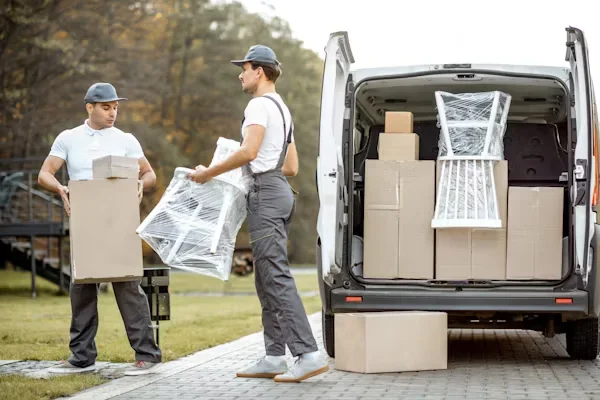
One of the most intelligent decisions you can make is to hire professional, local movers who are familiar with the area and can transport your belongings safely and efficiently. While moving on your own may seem like a way to cut costs, the stress and physical strain often outweigh the savings. Professional movers have the training and equipment to handle heavy furniture, fragile items, and tight staircases without damage. They also work faster, which means you can settle in sooner and focus on the parts of moving that matter most.
If the company you decide on offers storage as an additional service, there is an added advantage. Sometimes move-in dates change, or it doesn’t feel necessary to unpack everything at once. You now have some room to maneuver, and your house feels manageable (not overrun). It’s also an excellent solution for seasonal items, excess furniture, or boxes you hope to sort through and review at your leisure later.
3. Set Up Essential Utilities and Services Early
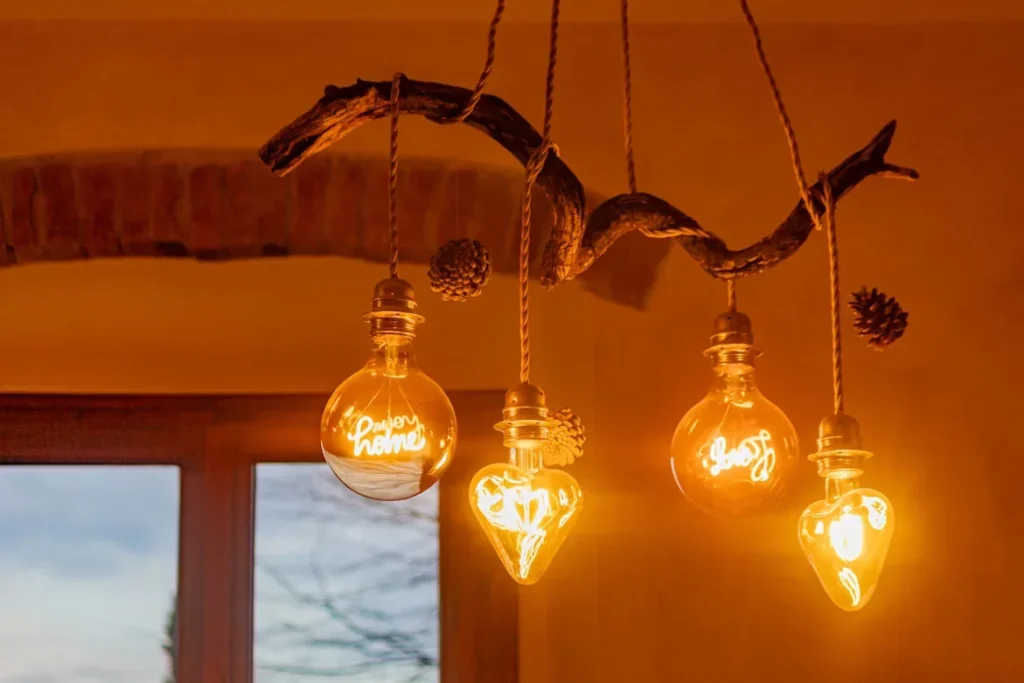
Think about how you would like to move into your new house, and find out that the electricity and internet aren’t working. What a nightmare. That’s why arranging utilities before you ever move in is essential.
Begin with the essentials: electricity, gas, water, and garbage collection. These are services you need on day one. Arrange for internet and cable well in advance, as there may be a waiting period for installation.
Do not overlook practical matters, such as mail forwarding, changing your address with banks and subscriptions, and testing your security systems.
4. Change Locks and Secure Your Home
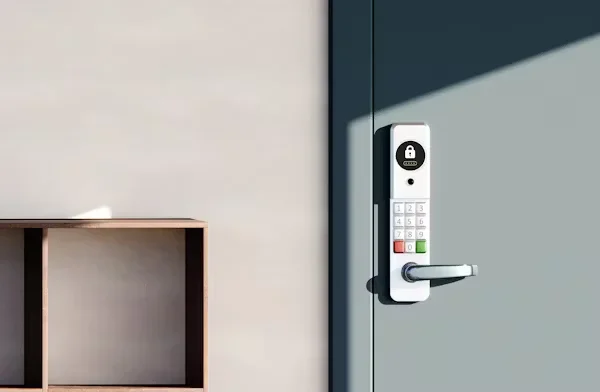
Your dream home should feel secure the moment you walk through the door, and one of the easiest ways to make this a reality is by switching the locks. The previous occupants, or other people, could have extra keys. Adding new locks provides the peace of mind that comes with knowing you have control.
You may also want to upgrade your locks or secure your house with security cameras. Outdoor lighting is also a simple yet effective measure to help make your home more secure, particularly if you’re new to the neighborhood. By doing so upfront, you establish a good sense of safety for yourself and your family.
5. Create an Organized Unpacking Strategy

Unpacking can feel like a never-ending task. That’s why you need a plan. Unpack the essentials first: everything you need for the kitchen, bedrooms, and bathrooms. Having these spaces functional right away helps you settle into a daily routine.
Try breaking unpacking into smaller goals instead of aiming to finish in one day. For example, focus on setting up one room at a time or unpacking a set number of boxes each evening. This approach keeps the task manageable and prevents burnout.
6. Get to Know Your Neighborhood
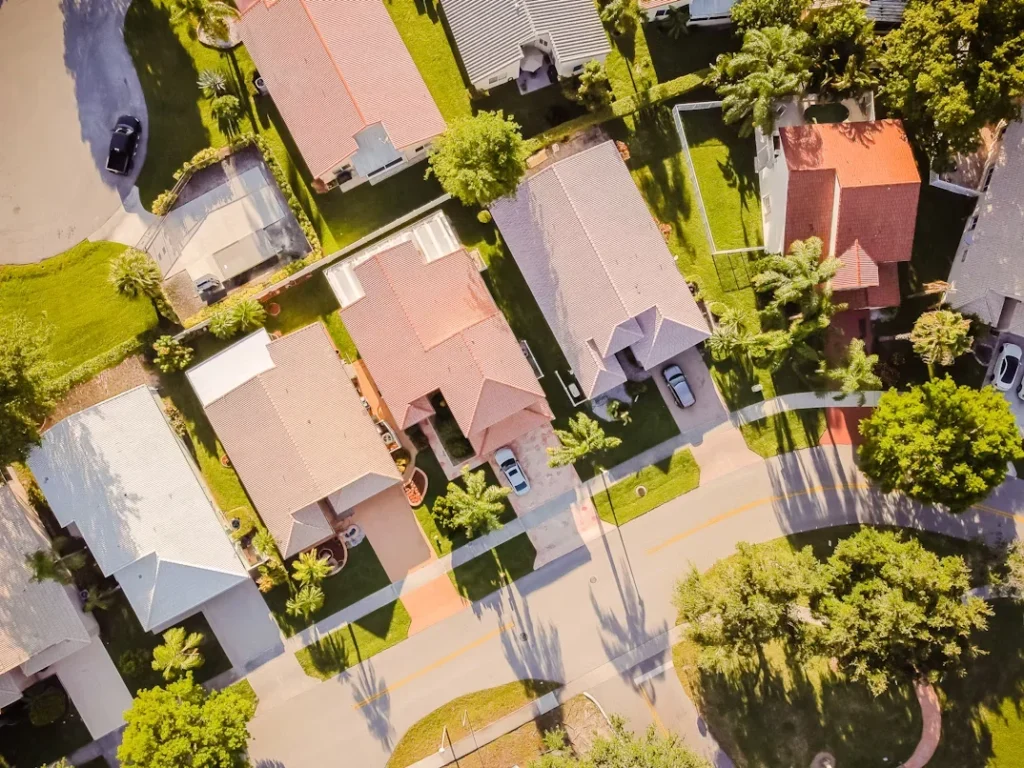
Settling into your home is not only about arranging furniture or unpacking boxes. It is also about becoming familiar with the community around you. Please take a moment to walk around your neighborhood and notice what it has to offer. Visit local shops, cafes, or markets to familiarize yourself with where to go when you need everyday essentials. If you have children, locate nearby schools and parks where they can spend time outdoors. Meeting your neighbors is equally important. A friendly introduction goes a long way in creating a welcoming environment and may lead to new friendships.
7. Personalize and Decorate Your Space
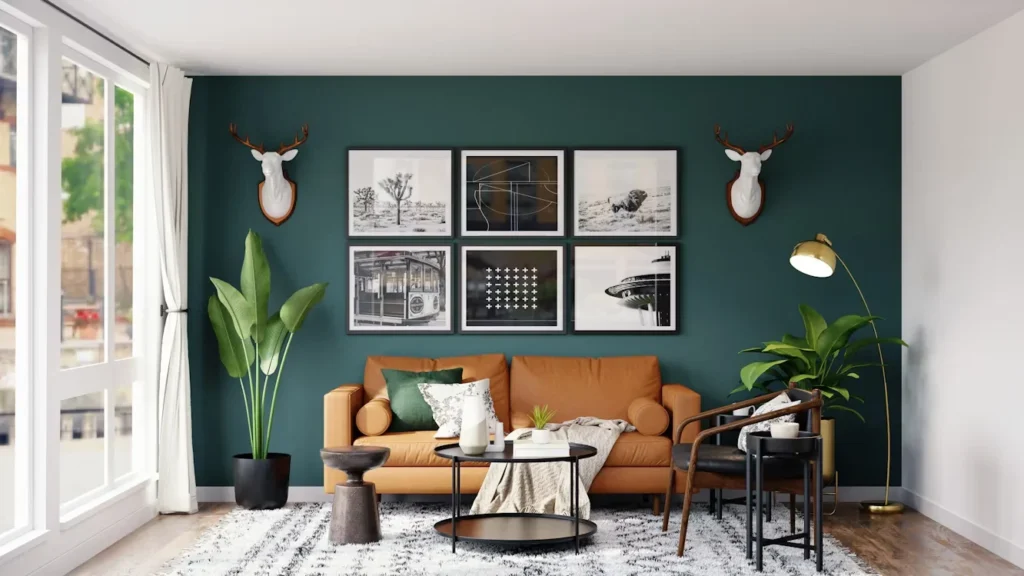
Once the basics are in place, you can shift focus to making your house reflect your personality. Start with simple changes such as adding curtains, hanging artwork, or arranging rugs. These small touches bring warmth and character without requiring major renovations. Over time, you might want to take on larger projects such as painting walls, landscaping, or updating fixtures. When you see your own choices shaping the space, the house begins to feel truly yours.
8. Schedule a Maintenance Checkup
Even though your house may appear perfect, hidden issues can cause trouble later if left unaddressed. Scheduling a professional maintenance checkup is one of the smartest investments you can make early on. Have a plumber inspect for leaks, check electrical systems for safety, and ensure the HVAC system is in good working order. A minor repair today can prevent a much larger expense in the future. It is also helpful to keep a list of reliable local contractors, electricians, and service providers so you know who to call in the event of an emergency.
9. Plan for Energy Efficiency and Savings
Moving into a new home is the perfect opportunity to adopt habits that save money and protect the environment. Begin by upgrading to LED lighting and installing a smart thermostat that adjusts temperatures more efficiently. Check your insulation and weatherproof windows and doors to reduce drafts. These small changes lower utility bills and make your house more comfortable throughout the year. Over time, you can explore larger upgrades such as energy-efficient appliances or even solar panels. Considering efficiency from the outset helps create a home that is not only cost-effective but also environmentally responsible.
Your dream home is more than walls and furniture. It’s a place where daily routines take shape, where safety and comfort matter, and where the bonds you form with others deepen their meaning. The process of settling in may take time, but each step adds layers of familiarity and a sense of belonging. As you decorate, maintain, and celebrate, you are not just adjusting to a new house; you are shaping the environment where life will unfold.







